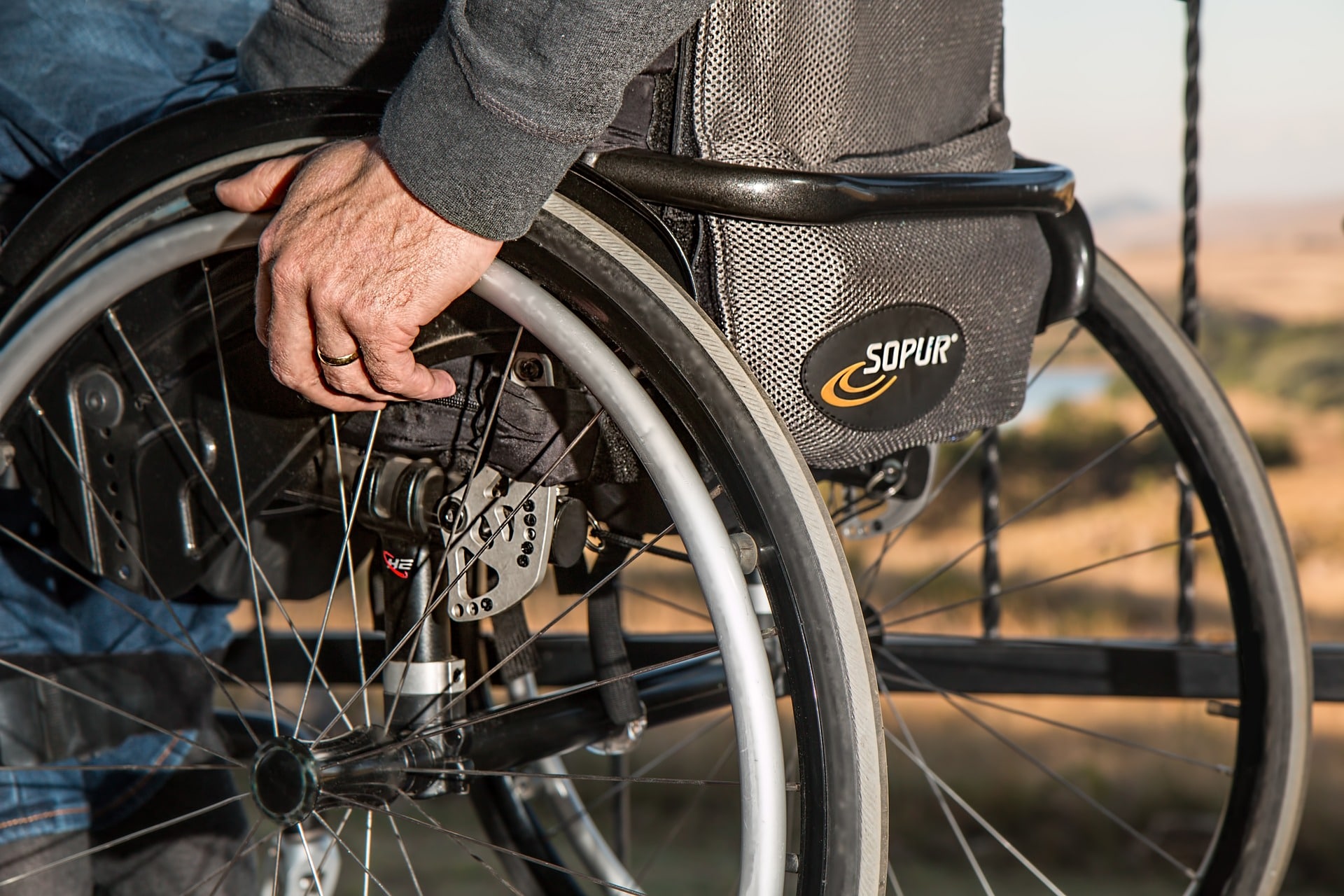Preventing Further Injury when Using a Wheelchair
If you have a disability, you may carry a higher risk of sustaining an injury than the rest of the population. And did you know that the devices that help you, like wheelchairs, can sometimes lead to further injury? Even certain medications that help you manage your illness can increase your chance of injury. Below are a few preventative measures you can take to avoid accidents and injuries if you already have an existing disability or chronic illness.
Prevent falls:
1. Ensure that the wheelchair fits you and your needs. If a wheelchair is too large or hasn’t been adapted to match your needs, you can easily fall or slip out of the wheelchair. A poor fitting wheelchair can also lead to pressure sores.
2. Make sure that the brakes are on when transferring in or out of a manual wheelchair. This will keep the wheelchair from moving and injuring you or the person(s) assisting you with the transfer.
3. Wear belts when in rough terrain or when going from one place to another. If you know you are going to be on bumpy or hilly roads, wear your belts; ramps and uneven ground can jolt the wheelchair, causing you to fall.
Prevent pressure sores:
1. Use a good, proper fitting, wheelchair cushion. Talk to your physical therapist and seating specialist about what cushion options are best for you. This is one of the easiest ways to prevent pressure sores.
2. Wear proper fitting clothing and undergarments. Clothing that is too tight can lead to urinary tract infections and excessive sweating, and can also cause skin chafing. If clothing is too loose, it can crease and form wrinkles that apply pressure to your skin, resulting in pressure sores.
Prevent broken bones, bruises, and lacerations:
1. Train caregivers to be mindful of the various wheelchair parts when making a transfer. If need be, ask your caregiver to remove or fold up foot pedals to prevent your feet from bumping into them. If the wheelchair arm is removable, remove it to ensure a smoother transfer.
2. Train caregivers to properly fold or stow a wheelchair. A wheelchair with a broken or missing part can malfunction and lead to injury.
3. Be aware of all moving parts. Keep your fingers and clothing away from all moving parts – failing to do so can cause bruises and lacerations.
If taking medications:
1. Read all labels carefully. Some medications can make you groggy or blur your vision, especially medications for pain management and mental disorders. Use caution when operating your wheelchair, scooter, or crutches; not doing so can put you at risk for falls, burns, and other accidents.
2. Know possible side effects and complications. If your doctor has prescribed a medication, it’s because both you and your physician have weighed the medication’s benefits against its side effects and determined that you are an eligible candidate for the medication. However, that does not mean that side effects or complications cannot happen. If you develop a rash or allergic reaction, experience strange or new symptoms, or are experiencing thoughts of suicide, contact your physician right away. Ignoring such signs could lead to serious complications, including accidental death.
This general information is not intended to diagnose any medical condition or to replace your healthcare professional. Consult with your healthcare professional to evaluate your individual needs.





